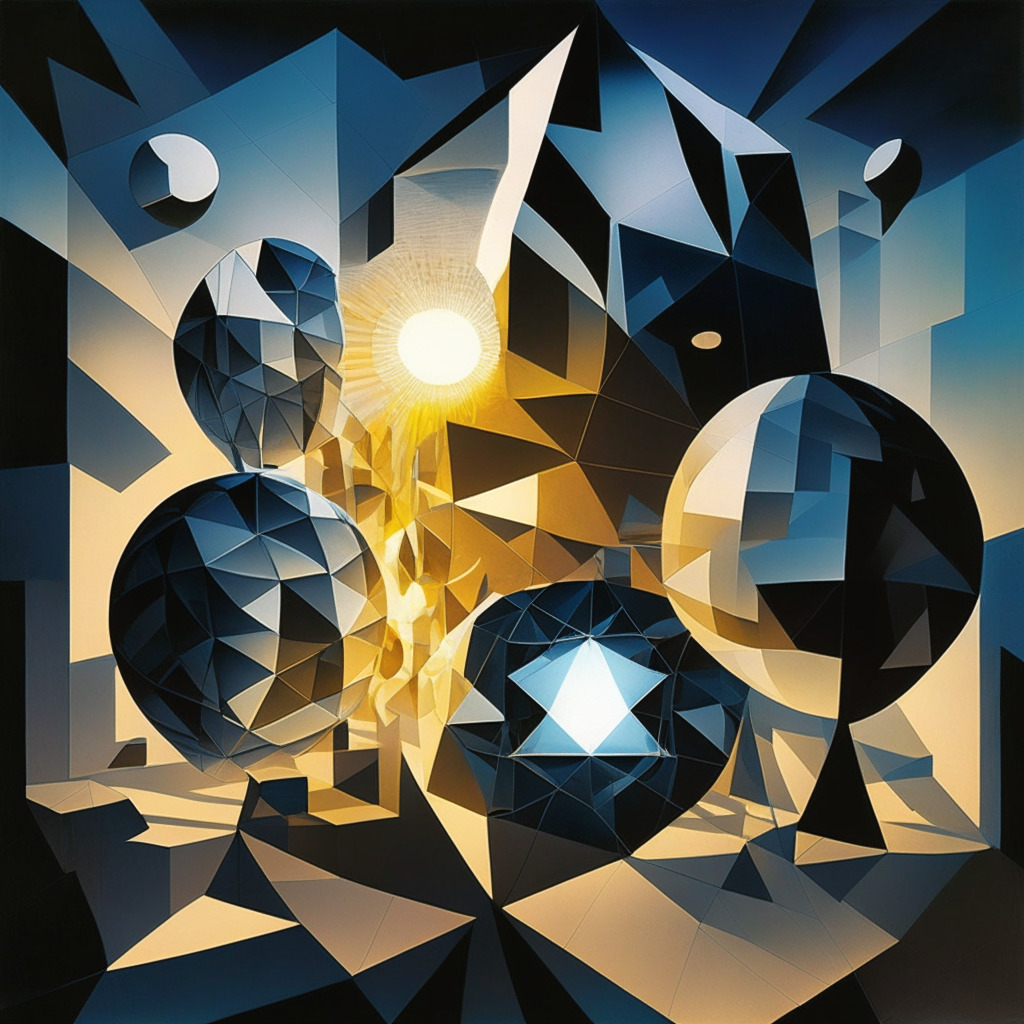Engaging technologies like blockchain are catapaulting the gaming industry into an innovative space that rewards not only enjoyment but economic gains. One example is the advent of a refundable Non-Fungible Token (NFT) program launched by blockchain gaming startup Spielworks, in partnership with Web3 platform Mycelium Network.
With this program, gamers who acquire the newly introduced NFTs titled “Reverties” can enjoy a unique feature – full refunds in USD Coin USDC. Alongside, these NFTs are poised to add to the fun of Spielwork’s game ‘Dungeon Master’ where they can be staked. Here’s the catch though – these USDC purchases need to be facilitated through a different minting mechanism powered by Mycelium Network.
This partnership also brings another key player into the mix – Aave protocol, which forms the bedrock of this innovation. As the USDC is shifted to a decentralized finance (DeFi) lending pool under the auspices of Aave, the accrued interest is optimally utilized. A significant portion of the interest would be allocated for buying back Spielwork’s token, providing a boost to their community. Additionally, a slice of the earnings would contribute to Australia’s Wombat Protection Society, striking a balance between technological advancement and environmental responsibility.
However, it’s worth injecting a dose of caution in this fledgling enterprise. The CEO of Spielworks, Adrian Krion, provided clarification that the NFTs are not “backed” as others might assume. The selling price in the secondary marketplace could take a nosedive, but worry not, participants can retrieve their full money back. The capability of refunding the NFTs is as simple as clicking a button on the minting page, agreeing to the transaction signature, and the system does the rest, retrieving the refund sum from their pool of funds.
However, this innovative advancement holds its own share of upsides and downsides. On one hand, the potential for full refundability of NFTs could make it a more attractive investment proposition, on the other, the returning aspect could challenge the sustainability of the program. One also wonders the effectiveness of minting in users’ perspective and whether such an extra process would be seen as handy or complex. Keeping a close eye on the outcomes of this endeavor would undoubtedly prove informative for the future dynamics of blockchain gaming.
Source: Cointelegraph




